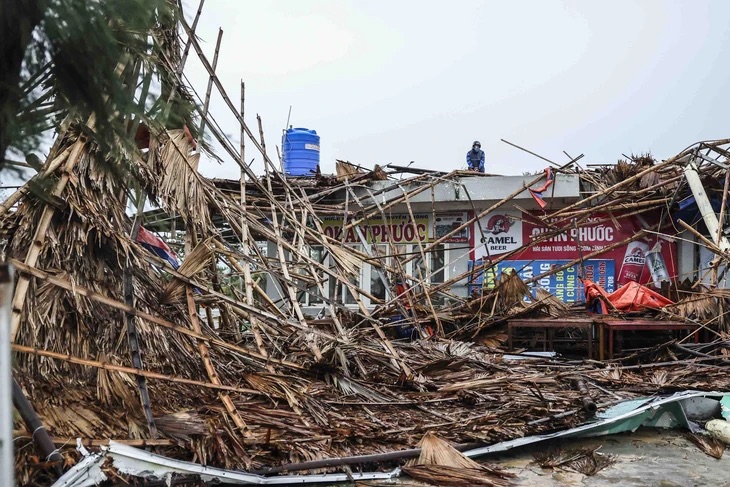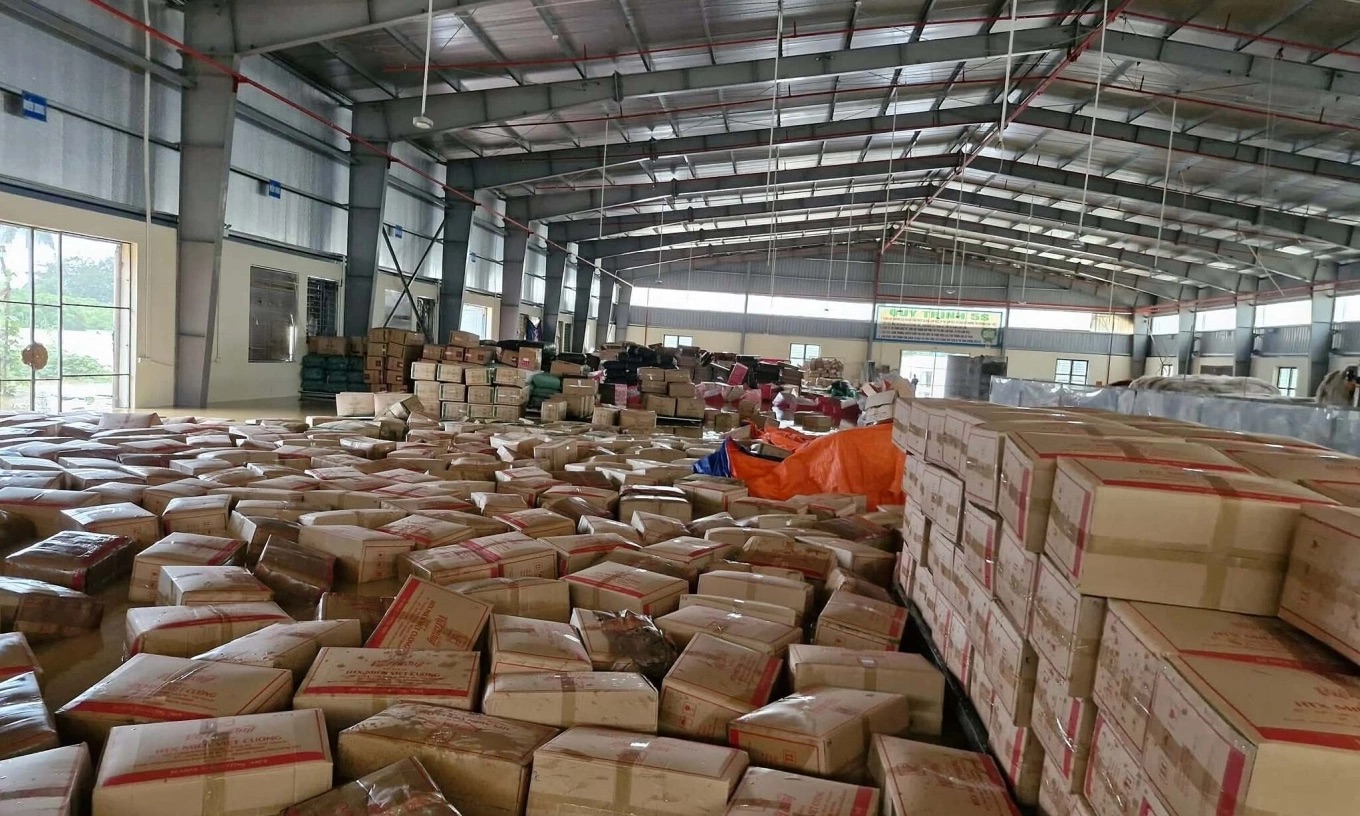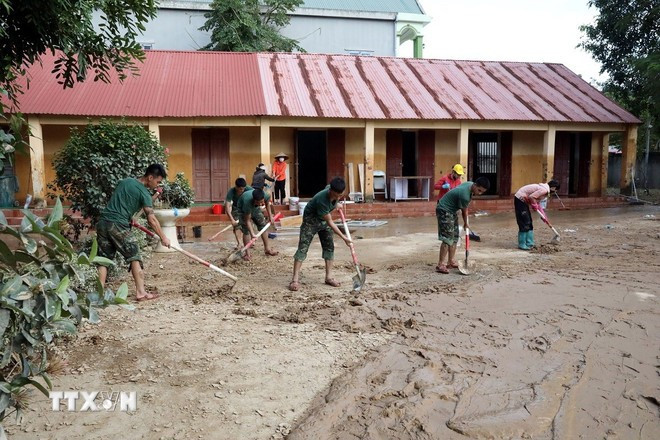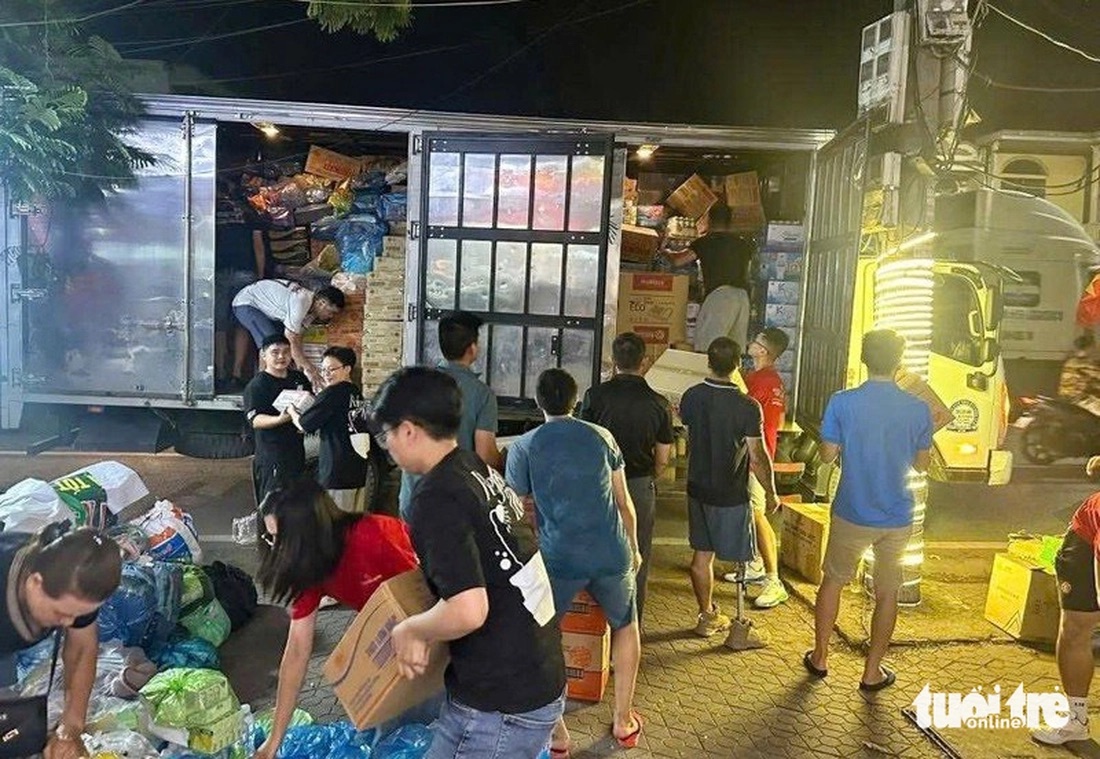Where Storms Hit Hardest
In September and October 2025, a string of storms - Typhoon Ragasa (September 22), Typhoon Bualoi (September 26), and Typhoon Matmo (October 3) among them - have struck large swaths of the country. As Vietnam lies along the western edge of the Pacific typhoon corridor, it becomes a recurring target for tropical storms formed over the South China Sea or the western Pacific.
Provinces most severely affected include Thái Nguyên, Cao Bằng, Lạng Sơn, Bắc Ninh, and Hà Nội in the north, as well as parts of Thanh Hóa, Nghệ An, and Hà Tĩnh in the north-central zone.
A Total Economic Loss Of USD 1.4 billion
Late September 2025, Typhoon Bualoi made landfall in central Vietnam and then swept into northern regions. Preliminary estimates place property damage at 8 trillion VND (~USD 303 million). The storm damaged or flooded nearly 170,000 homes and killed at least 29 people, with dozens more missing. It disrupted transport, power, schools, and agriculture across many provinces.

But the tropical storm from former Bualoi caused more fatalities: at least 12 people died in central Vietnam, officials reported, with severe damage to houses, power lines, flooded roads, and missing fishermen. Over 347,000 households lost power during that episode.
Shortly after Bualoi 4 days, Typhoon Matmo brought heavy rainfall to northern Vietnam. At least 8 people died in the wake of Matmo from flooding and landslides. Authorities reported damage to over 4,800 homes.

The losses from Matmo’s heavy rains and flood have been estimated at 7.05 trillion VND (approx. USD 268 million) by some local reports. In Thai Nguyen province alone, damage reached about 4 trillion VND (~USD 151 million).
Deputy Minister of Agriculture and Environment Nguyễn Hoàng Hiệp stated that since June, Vietnam has endured more than 15 different types of natural disasters. While forecasts initially expected around 13 storms in total, 5 to 7 of which would directly hit Vietnam, there have already been 11 storms, with 6 making direct landfall, causing severe consequences.
In total, according to Vietnamnet, disasters this year have left 238 people dead or missing and 367 injured. Over 258,000 homes have been damaged, and more than 555,000 hectares of rice and crops have been affected. The total economic losses are estimated at 33.5 trillion VND ( ~ USD 1.4 billion).
Resilience Through Adversity
Local governments, military forces, and rescue teams have been mobilized to clear debris, restore power, and deliver essential supplies to flood-hit areas.


On October 2, Prime Minister Phạm Minh Chính signed a decision to provide over 2.52 trillion VND (about USD 96 millions) for 15 provinces affected by Typhoon Bualoi and other natural disasters since the year's beginning. In addition, the Vietnamese government has pledged emergency funding for disaster-stricken provinces and continues to coordinate relief with more than 30 international partners and organizations.
Public donations and corporate support continue to grow. As of October 9, more than one million citizens had registered to support storm-affected communities through the national digital platform with an estimated 850 billion VND (approx. USD 34.8 million).

Donors can support storm and flood recovery efforts by contributing through the bank account of the Central Committee of the Vietnam Fatherland Front:- Bank: BIDV- Account name: Ủy ban Trung ương Mặt trận Tổ quốc Việt Nam – Ban Vận động cứu trợ Trung ương- Account number: 8639699999
